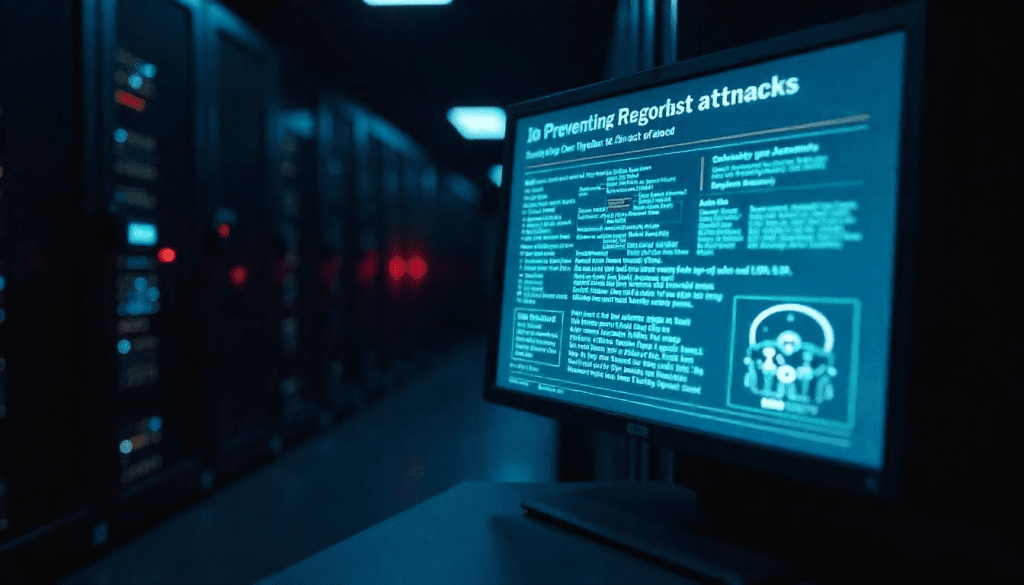Linux is widely known for its security and stability, making it the preferred choice for servers, developers, and even personal users. However, no operating system is entirely immune to security threats. Cybercriminals are constantly evolving their tactics to exploit vulnerabilities in Linux systems. To stay protected, it is crucial to understand the most common Linux security vulnerabilities and how to prevent them.

1. Weak or Default Passwords
One of the most basic yet common security issues in Linux systems is weak or default passwords. Attackers use brute force attacks to guess credentials and gain unauthorized access.
How to Prevent It:
- Use strong, complex passwords that include uppercase and lowercase letters, numbers, and special characters.
- Enable multi-factor authentication (MFA) where possible.
- Change default passwords immediately after installation.
- Implement password policies requiring regular updates.
2. Outdated Software and Kernel
Running outdated software or an old Linux kernel can expose your system to known vulnerabilities. Cybercriminals exploit these flaws to gain access or execute malicious code.
How to Prevent It:
- Regularly update your Linux distribution, applications, and kernel.
- Enable automatic security updates where possible.
- Subscribe to security mailing lists and follow vulnerability databases like CVE and NVD.
3. Unpatched Security Vulnerabilities
Linux distributions frequently release patches to fix newly discovered security vulnerabilities. Failing to apply these patches leaves your system open to exploitation.
How to Prevent It:
- Monitor and apply security patches as soon as they are released.
- Use a patch management system to automate updates.
- Disable or remove unused services and software to reduce attack surfaces.
4. Misconfigured Permissions and Access Controls
Improper file and directory permissions can allow unauthorized users to modify, delete, or access critical files.
How to Prevent It:
- Follow the principle of least privilege (PoLP) and restrict access to only necessary users.
- Use proper file permissions with
chmod,chown, andchgrp. - Regularly audit permissions and remove unnecessary user accounts.
- Use sudo instead of logging in as root directly.
5. Open Ports and Unsecured Services
Exposed or unnecessary open ports provide an entry point for attackers, increasing the risk of unauthorized access or data breaches.
How to Prevent It:
- Use
netstat,ss, ornmapto identify open ports and close unnecessary ones. - Disable unneeded services to reduce attack vectors.
- Use firewalls like
iptablesorufwto restrict access.
6. Weak SSH Configuration
Secure Shell (SSH) is commonly used for remote administration, but weak configurations can make it vulnerable to brute force attacks and unauthorized access.
How to Prevent It:
- Disable root login via SSH by modifying
/etc/ssh/sshd_config. - Use SSH keys instead of passwords.
- Change the default SSH port from 22 to a non-standard port.
- Implement fail2ban or other intrusion detection tools to block repeated failed login attempts.
7. Malware and Rootkits
Although Linux is generally more secure against malware than Windows, it is not entirely immune. Rootkits, backdoors, and trojans can be installed to gain persistent access.
How to Prevent It:
- Use security tools like ClamAV, Rootkit Hunter (rkhunter), and Chkrootkit.
- Regularly scan for malware and suspicious activity.
- Limit software installations to trusted repositories and sources.
- Implement application whitelisting to control software execution.
8. Insider Threats and Privilege Escalation
Internal users with malicious intent or accidental misconfigurations can lead to security breaches.
How to Prevent It:
- Implement role-based access control (RBAC) to limit administrative privileges.
- Regularly audit user activity with tools like
auditdandlogwatch. - Enforce strict access control and monitor log files for suspicious behavior.
9. Lack of Encryption for Data Transmission
Transmitting data over unsecured protocols can expose sensitive information to interception.
How to Prevent It:
- Use SSL/TLS encryption for web traffic.
- Encrypt sensitive data using GPG or OpenSSL.
- Configure Secure File Transfer Protocol (SFTP) instead of FTP.
10. Insecure Docker and Container Configurations
With the growing use of containerized environments, misconfigured Docker and Kubernetes deployments can expose Linux systems to threats.
How to Prevent It:
- Avoid running containers as root.
- Regularly update container images and remove unused ones.
- Use security tools like
Docker Bench for Security. - Apply Kubernetes security best practices, such as network policies and role-based access control.
Conclusion
Linux is a powerful and secure operating system, but no system is entirely foolproof. By understanding and mitigating these common security vulnerabilities, you can significantly reduce the risk of attacks. Regular updates, strong authentication practices, proper system configurations, and continuous monitoring are essential for maintaining a secure Linux environment.
By following these best practices, you can protect your Linux systems from potential threats and ensure a more secure computing experience.